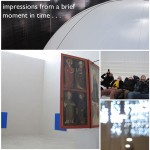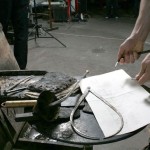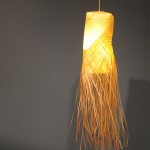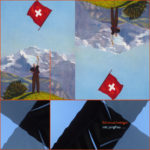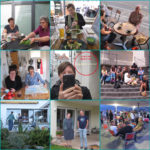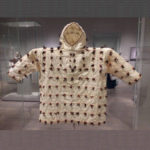freehand drawing with jakob . . .
freehand drawing with the two jakes, j.t. and saint jacob. the scottish church of saint jacob,* or the “schottenkirche” of regensburg, has great stone monsters its north portal . . . during the month of may, design professor jakob timpe took his drawing class of first year industrial design students from the university of applied sciences (hochschule regensburg) to get a better look . . .
if you want to know more about jakob timpe & his studio in berlin, please take a look at this link: jakob timpe spaces + objects
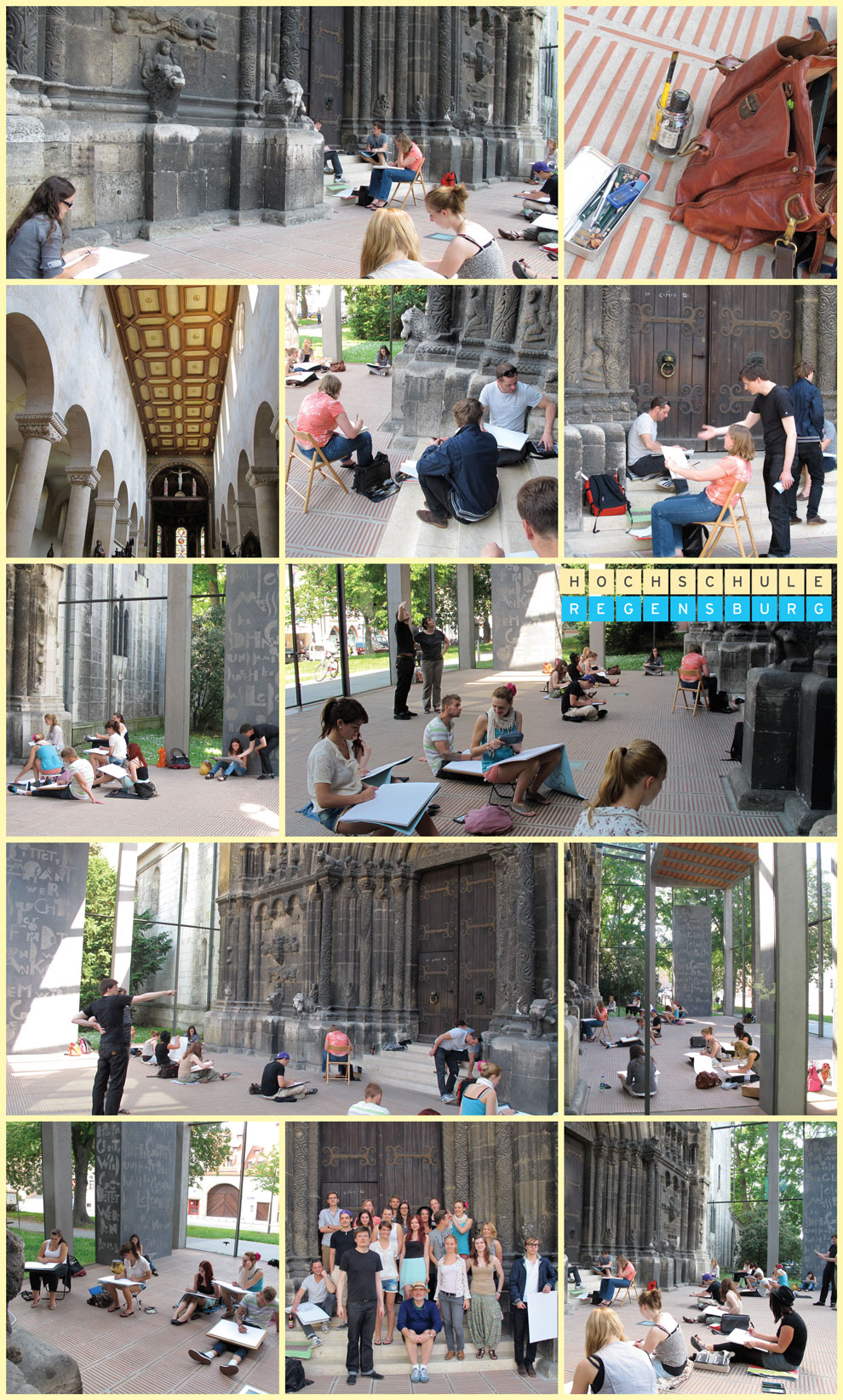
more about the schottenkirche saint jakob, regensburg, bavaria
* irish missionaries first arrived in regensburg in the 11th century, originally setting up camp just south of the city walls. but as more irish monks joined them, the site soon proved too small. the monks purchased a new site outside the western city gate and began building their monastery around 1100. the church of saint james, a three-aisled basilica with three apses and two east towers, was dedicated in 1120. only the east end survives of this early building. the monastic church was expanded beginning around 1150, under abbot gregor. this second church, which stands today, was given a two-story transept or “westwerk” at the west end, an elaborate north portal, and a cloister to the south. construction was completed by about 1185.
regensburg became an important center for the missionary work of irish monks in europe; the scots monastery in vienna is one of its daughter foundations. the saint jacob monastery had close connections with the monastic school at cashel back in ireland and attracted the theologian honorius of autun (d.1151) towards the end of his life. in 1577, shortly after the scottish reformation, a papal bull transferred the monastery from irish to scottish monks. the monastery was in decline by that time, with only one monk and one novice. the first scottish abbot was ninian winzet (1518-92), an opponent of the reformer john knox. mary queen of scots ordered abbot winzet to train priests for catholic missionary work in scotland; the first priests were sent long after his death in 1623.the monastery managed to avoid dissolution during the napoleonic period, a rare accomplishment. it was demoted to a priory in 1820, but monks remained in residence until 1862, when the bavarian government bought the property and turned it into a seminary for training catholic priests . . .
posted 21 May 2012
© visualsyntax. powered by wordpress.
